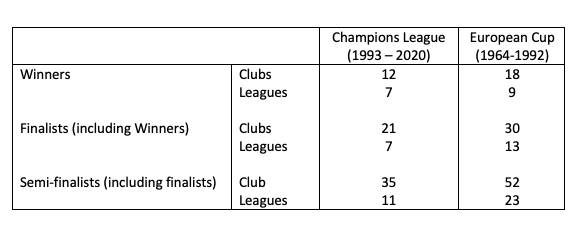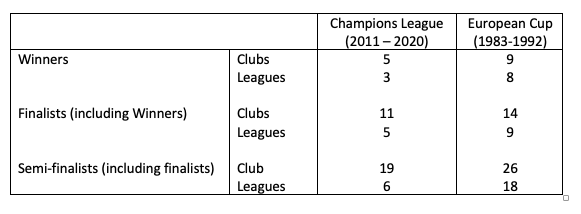This blog/website was launched in July 2013. Not long after Tokyo, Japan was awarded the 2020 Summer Olympic Games. Two of the very first posts I ever wrote focused on this and can be found here and here. In the second post from September 2013 I say:
"A projected cost of $8 billion by the Japanese seems way too conservative. An examination of recent past games would suggest, a figure of $15 billion to $18 billion is more likely to represent the true cost of the games. Eight years is a long time to wait but watch this space…"
As we know all too well, the Games were postponed in 2021 until this summer. By last year the cost of the Games had risen from the original $8 billion to $12.6 billion. No surprise there for anyone that has read any past literature on the topic.
The delay in. the Games to this summer has not helped and has cost both Tokyo and the International Olympic Committee (IOC) money. A recent study by the University of Oxford estimates that the Toyko Games could now cost almost $16 billion.
And it could get worse. Those in favour of hosting such mega-events often point to the economic gains that can be made. Sure, these exist, but they are often in the private domain. The 'public gain' is found in the net increase in tourist arrivals which generates welfare effects from additional consumption and tax revenue. If recent reports emerging from Japan are correct, there may be an outright ban on foreign tourist arriving for the Games due to Coivd-19, thus eliminating one of the single biggest benefits in the public domain.
if the Games are attended by Japanese fans only, there will be substitution effects but little or no income effects. It is simply the replacement of one purchase (a ticket to watch track events) with another (an endless list of alternatives). Japan might be on-course to record one of the single biggest public losses on any Summer Games if this is the case. Not that the revenue generated from foreign arrivals could go anywhere near the $16 billion costs to date, but it could close this gap by $3bn-$5bn potentially.
Such evidence is now overwhelming and needs to be kept in mind for future suitors.



 RSS Feed
RSS Feed